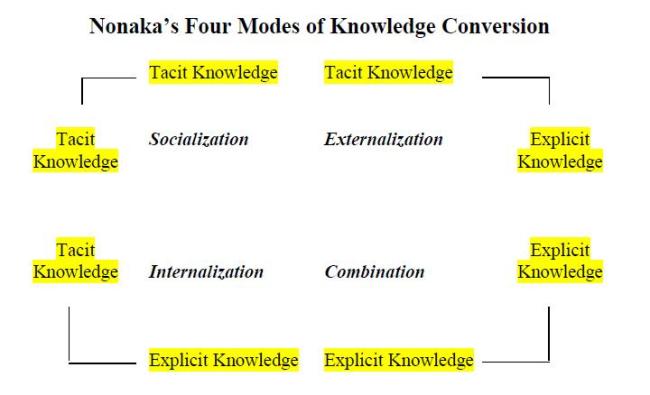http://horning.blogspot.com/2007/04/knowledge-accounting-inventory-capital.html
Jim Horning talks about something that he read a long time ago about the conditions that enabled the emergence of industrial society. “THE CLAIM WAS that a key enabling factor in the “invention” of the industrial firm was the development of modern (double-entry) bookkeeping, particularly the understanding of the key concepts of inventory, capital, and depreciation.” He’s basically saying that prior to double-entry bookkeeping there way no way to connect a loss to a profit. The books will always look worse in periods of net investment, and better during periods of “living off capital.”
He say “A KEY FACTOR in the development of an information society may well be the adoption of accounting methods that treat knowledge as an asset with a “book value,” just like industrial goods or real estate.” Technology firms are precursors of this society because they have already reached a point where a significant portion of their assets are not represented by balance sheets. The entire expenditure is accounted as an expense, and the result does not appear on the balance sheet at all. Since there is no measure of a firm’s real assets, evaluation and planning are ad-hoc. With current accounting methods, investment in knowledge acquisition will always appear less profitable than draining down existing knowledge capital. This emphasizes short-term results over investment, such as product development or research. No firm can totally ignore investment in knowledge. Since “profit and loss” is so misleading in the short term, firms use arbitrary budgetary guidelines instead.
The basic problem is not the lack of a tangible “knowledge base,” (consider patents, trade secrets, designs, formulae, software, accounting records), but rather the failure to treat this knowledge base as a valuable asset.


